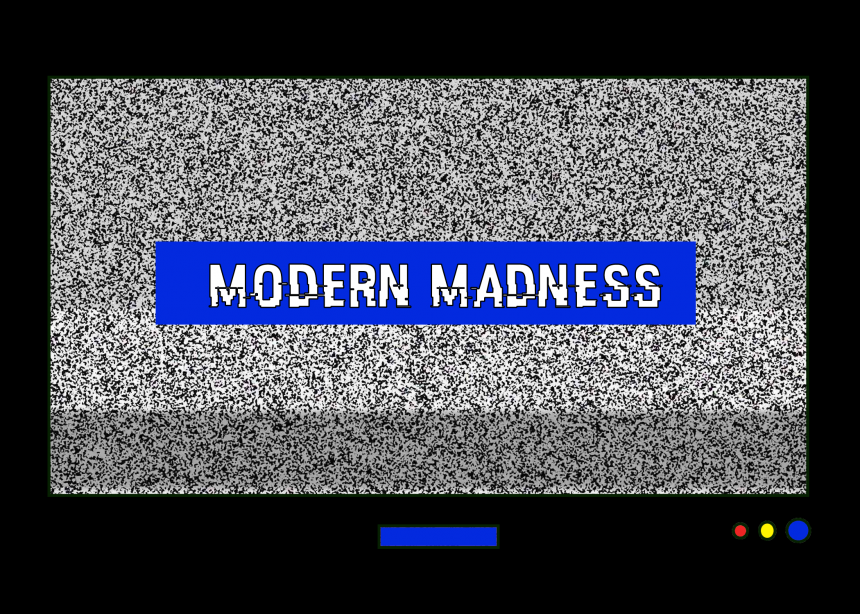Anderson, M. (2003). “One flew over the psychiatric unit”: mental illness and the media. Journal of Psychiatric and Mental Health Nursing, 10(3), pp. 297-306.
da Rosa, G. S., et al. (2019). Thirteen Reasons Why: The impact of suicide portrayal on adolescents’ mental health. Journal of Psychiatric Research, 108, pp. 2-6.
Goodwin, J. (2014). The Horror of Stigma: Psychosis and Mental Health Care Environments in Twenty-First-Century Horror Film (Part I). Perspectives in Psychiatric Care, 50(4), pp. 201-209.
Goodwin, J. (2014). The Horror of Stigma: Psychosis and Mental Health Care Environments in Twenty-First-Century Horror Film (Part II). Perspectives in Psychiatric Care, 50(4), pp. 224-234.
Harper, S. (2008). Understanding mental distress in film and media: a new agenda? The Journal of The Royal Society for the Promotion of Health, 128(4), pp. 170-174.
Pirkis, Jane, et al. (2006). On-Screen Portrayals of Mental Illness: Extent, Nature, and Impacts. Journal of Health Communication, 11(5), pp. 523-541.
Ritterfield, U., & Jin, S. (2006). Addressing Media Stigma for People Experiencing Mental Illness Using an Entertainment-Education Strategy. Journal for Health Psychology, 11(2), pp. 247-267.
Salter, M., & Byrne, P. (2000). The stigma of mental illness: how you can use the media to reduce it. Psychiatric Bulletin, 24(8), pp. 281-283.
Stout, P. A., et al. (2004). Images of Mental Illness in the Media: Identifying Gaps in the Research. Schizophrenia Bulletin, 30(3), pp. 543-561.
Wahl, O. F. (1992). Mass Media Images of Mental Illness: A Review of the Literature. Journal of Community Psychology, 20(4), pp. 343-352.
Wahl., O., et al. (2003). Mental Illness Depiction in Children’s Films. Journal of Community Psychology, 31(6), pp. 553-560.
